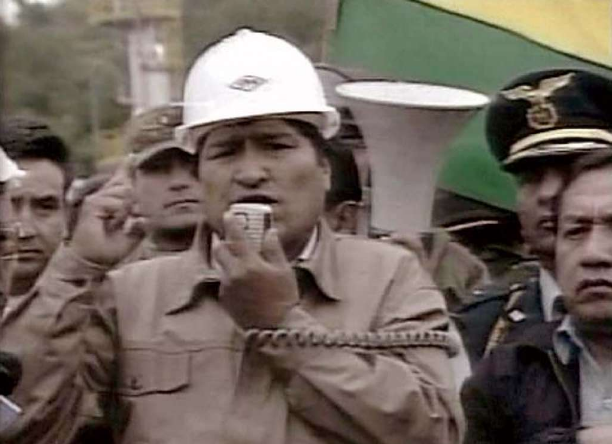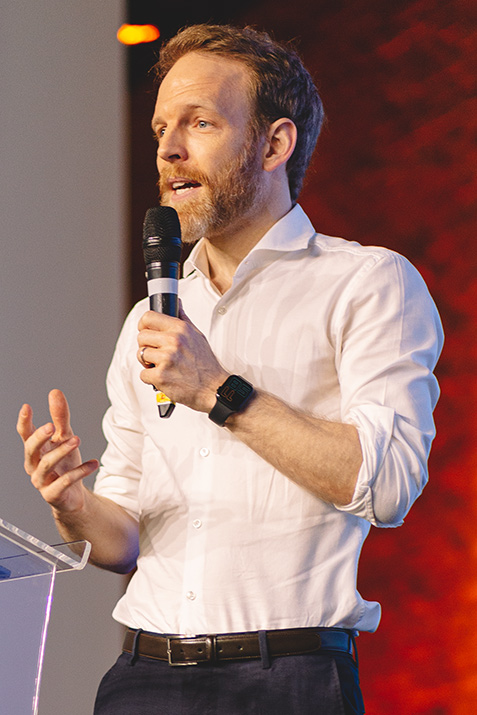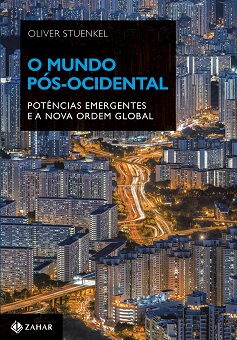
Almost precisely one decade ago, making good on a campaign pledge and actively encouraged by Venezuela’s Hugo Chávez, Bolivia’s President Evo Morales issued a decree nationalizing the country’s natural gas and petroleum sectors, handing control over to the state-run Yacimientos Petroliferos Fiscales Bolivianos (YPFB). ”The pillaging of our resources by transnational companies is over,” Morales said in a speech at the San Alberto gas field in southern Bolivia. “From this day forward, all hydrocarbons in the country are nationalized.”
The President, sending troops to occupy oil refineries for greater political effect, announced that the tax on gas products would go up from 50% to 82% and told foreign companies that they would have 180 days to renegotiate their status in the country as lenders of services to YPFB or abandon their operations. It was the third time that Bolivia, which possesses the second-largest proven natural gas reserves in Latin America after Venezuela, nationalized its hydrocarbon industry (after 1937 and 1969, both times under a military regime). Morales believed, rightly as it turned out, that nationalization was needed to centralize power and increase his control. Before Morales, five presidents had held office in as many years, and one of them, Gonzalo Sánchez de Lozada, had to resign in 2003 after violent protests against plans to export Bolivian gas. Morales, by contrast, is today, ten years later, South America’s longest-serving leader.
The move affected companies from around the world, including Canada, South Korea, Spain, Argentina, and the United Kingdom. Yet the most affected player was Petrobras, which had invested U$1.5 billion in Bolivia since 1996, and which made up a staggering 15% of the country’s GDP and 24% of its tax revenue. Petrobras’ influence went so far that it processed 100% of Bolivian demand of gasoline and kerosene and 60% of diesel from the two refineries it had purchased in Bolivia in 1999 for $104 million. Gas made up 50% of Bolivia’s overall exports, and 75% of that gas was sold to Brazil.
This dependence, however, did not mean Brazil could easily influence Bolivia’s actions — quite to the contrary. Generating indignation in Brasília, Morales had informed Chávez of his plans, but had left his Brazilian counterparts in the dark. Morales was keenly aware that Brazil was also dependent on Bolivian gas (and price variations), with roughly half of Brazil’s total gas imports coming from the small neighboring country. 75% of the gas consumed in São Paulo state, Brazil’s economic heart, comes from Bolivia. The fact that Lula was facing a tricky reelection bid in October 2006 — only a year after the mensalão corruption scandal emerged — severely limited Brazil’s room for maneuver. While looking weak in the face of Morales’ policies could be politically costly (he was severely criticized by the opposition candidate, Geraldo Alckmim, for it), uncertainty about energy supplies could have a tangible economic impact, something Lula had to avoid at all cost. In the same way, being tough on poor and tiny Bolivia, which had just elected its first indigenous President, could make mighty Brazil look like a regional bully, negatively affecting its engagement with other neighboring countries, where underlying fears of Brazilian domination could easily be tapped into by populist politicians.
Policy makers in Brasília were therefore careful not to allow the episode to get out of hand, and play good cop while Petrobras adopted a tougher line vis-à-vis the nationalization of its investments. Faced with overt anti-Brazilian rhetoric by Evo Morales, Celso Amorim called for tolerance, saying that
(…) it may be natural that, with a new government in Bolivia, which, for the first time is governed by a group that came to power after years — if not centuries — of oppression, there may be some verbal exaggerations. I won’t judge that.
In the same way, President Lula famously said that Bolivia needed “help, not arrogance“. Negotiations, however, soon turned into a tough two-level game, in which both sides needed to satisfy more radical domestic factions less willing to come to a deal. Petrobras had to negotiate, in parallel, with the Bolivian and the Brazilian government, the latter of which was eager to depoliticize the debate and focus on technical issues. As the elections in Brazil approached, Amorim several times saw himself forced to publicly rebuke the Bolivian president, who came to suggest Petrobras had been operating illegally in the country, and that Brazil had bought the state of Acre “for the price of a horse”. After numerous setbacks marked by internal power struggles between Bolivian policy makers (involving the resignation of the country’s hard-line Hydrocarbon Minister Andrés Soliz), a deal was reached in February 2007.
The diplomatic crisis caused by the nationalization of Petrobras’ assets in Bolivia ended up hurting Brazil’s economic interests and put Brazil’s government in an awkward position, forcing it to reconcile a dilemma between defending its largest company on one hand, and, on the other, promoting regional integration beneficial to all those involved. At the same time, Brazil’s careful diplomacy avoided what could have been a much more painful outcome.
President Lula and Celso Amorim were no strangers to regional crises. Upon taking office in January 2003, Lula took the lead in an effort to stabilize neighboring Venezuela after a coup d’état against Hugo Chávez in April 2002. Paraguay entered a period of instability between 2003 and 2005. Brazilian peacekeeping troops began to lead a UN mission to stabilize Haiti in 2004, and Ecuador saw worrying signs of political instability in 2005, where Brazil sought to project stability.
Yet the crisis in Bolivia was more complex for Brazilian policy makers because, differently from the previous crises, Brazil’s public was closely following events on the other side of the border. The state of Venezuela’s democracy, of course, had important implications for Brazil, which explained Lula’s exemplary engagement at the time.
The nationalization of Petrobras’ assets in Bolivia, however, was a bilateral crisis which pointed to the difficulties Brazil’s economic expansion in the neighborhood would inevitably cause. Its impact on Brazilian politics and the economy was far more direct than any previous international crisis the Lula administration had faced before. Indeed, it became the most important foreign policy challenge of President Lula’s first term in office.
The situation served as a powerful reminder that broad ideological alignment did not mean that the region’s leaders would automatically agree more often. Indeed, Venezuela’s Hugo Chávez, Bolivia’s Evo Morales and Argentina’s Nestor Kirchner at times actively sought to undermine Brazil’s attempts to implement a more assertive regional strategy.
Ten years on, as Evo Morales is one of the pink tide’s last men standing, the episode underlines the complexities President Lula faced as he sought to enhance his regional engagement. That was nothing new. In his memoirs, Cafe Filho, Brazil’s President from 1954 to 1955, described his shock when, upon arriving in Bolivia, he was met by demonstrators shouting “O petróleo e nosso,” not against the United States but against Brazil. Bolivia’s president, Café Filho reported, had said that in comparison with Bolivia, Brazil was “rich and growing,” and yet it had neglected Bolivia.
Considering how large Brazil is in the South American context — it represents roughly 50% of its territory, GDP and population — it is remarkable how rarely anti-Brazilian sentiment has flared up over the past decades. To some degree, it is the result of a long Brazilian foreign policy tradition to not engage its neighbors — for example, no sitting Brazilian president visited neighboring Colombia or Peru until the 1980s.
It is equally notable how limited the public debate about how to manage Brazil’s outsized role in its neighborhood still is — compared to, say, Europe, Western Africa, Southern Africa or South Asia, where the dominance of Germany, Nigeria, South Africa or India, respectively, is fundamental when debating regional dynamics. Promoting a constructive debate is certainly made more difficult by the lack of interaction between elites in Brazil and its neighbors. Indeed, mutual interest is so limited that there is no direct flight between São Paulo and La Paz, and knowledge about and interest in Bolivia is small among Brazilian elites. Given that Brazil’s outsized weight in South America and its ever more internationally acting companies are here to stay, one can safely assume that we will see several similar crises in the future. The 2006 Bolivia-Brazil crisis, its lessons for Brazilian foreign policy, and mechanisms to reduce the fallout of similar situations in the future, therefore deserve to be studied carefully.
Read also:
Venezuela on the Edge: Can the Region Help?
Defending Democracy in the Americas
Is Nicolás Maduro today’s Alberto Fujimori?
Photo credit: AP








